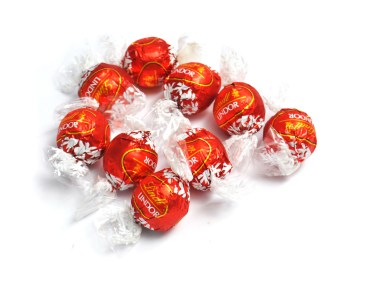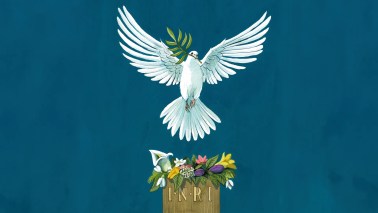We know tantalisingly little about Jan van Eyck, but one thing is sure. He once spent a week in Falmouth. In 1428 Philip the Good, Duke of Burgundy, sent a formal delegation of nobles and courtiers to negotiate his marriage with Isabella, daughter of the King of Portugal. One of these was Van Eyck.
The official party set off from the port of Sluis in Flanders on 19 October, and arrived the next day in Sandwich, where they then spent a fortnight waiting for two Venetian ships to get there from London. Once embarked, they were driven by gales to take refuge in ports on the English coast, including Falmouth.
In the surviving account of the trip, Van Eyck (d.1441) is described as ‘an exquisite master of the art of painting’. There is an enormous amount we do not know about him — including when he was born — but one thing is clear: he was an artist of stupendous accomplishments. That is why the exhibition Van Eyck: An Optical Revolution, which opened last week in Ghent, is a remarkable event. He changed the art of picture-making as fundamentally as anyone who ever lived.
Almost single-handedly — or that’s how it seems in retrospect, given the scanty evidence that survives — he brought about a transformation in the depiction of the world. Van Eyck introduced a level of verisimilitude that is still stunning nearly six centuries later — and utterly transcends anything that passed for naturalism in earlier painting.
Consider the oranges that rest on the windowsill in the National Gallery’s ‘Arnolfini Portrait’. They are not just coloured circles. They are represented with tender but extraordinary accuracy. It’s hard to resist using the word ‘photographic’.
The title of the exhibition, ‘an optical revolution’, is spot-on.








Comments
Join the debate for just £1 a month
Be part of the conversation with other Spectator readers by getting your first three months for £3.
UNLOCK ACCESS Just £1 a monthAlready a subscriber? Log in